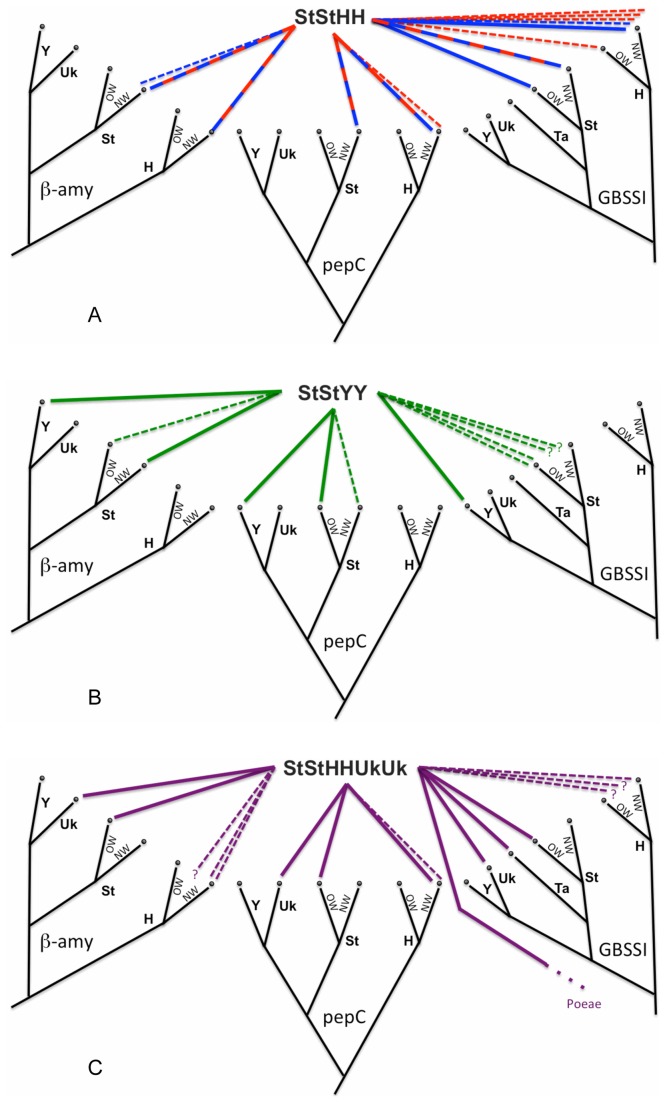Figure 7. Summary of Elymus genetic diversity.
The black trees represent diploid phylogenies; basal relationships are poorly supported on the actual gene trees, so some relationships among St, Y, H, and “UK” are unclear. The colored lines represent contributions to polyploids; unbroken and dotted lines represent major and minor contributions, respectively. Colors follow Figures 1–5. The St (Pseudoroegneria) and H (Hordeum) species are distinguished as Old World (OW) and New World (NW). a. StStHH species. The red-and-blue lines indicate where the North American (blue) and Eurasian (red) groups received major contributions from the same, or phylogenetically similar, donors. The β-amylase and pepC trees suggest fairly straightforward New World origins, with few minor St- or H-genome contributions. The GBSSI tree shows more complicated origins, especially with respect to Hordeum’s contribution. b. StStYY species. Without any representative Y-genome diploids, a single donor is hypothesized based on monophyly and sequence similarity (Figures 3–5). Primary St-genome donors are a mix of New World (β-amylase) and Old World (pepC and GBSSI), with minor contributions from the alternate region in all three cases. c. Elymus repens. All trees are at least consistent with a single Old World St-genome contribution. The presence of a third (“UK”) clade on all trees reveals an unknown genome donor. There is no single, major H-genome contributor, but a mix of multiple contributors. Contributions unique to the GBSSI tree (from Taeniatherum, and from an unknown species from the tribe Poeae) are consistent with introgression after polyploidization.

